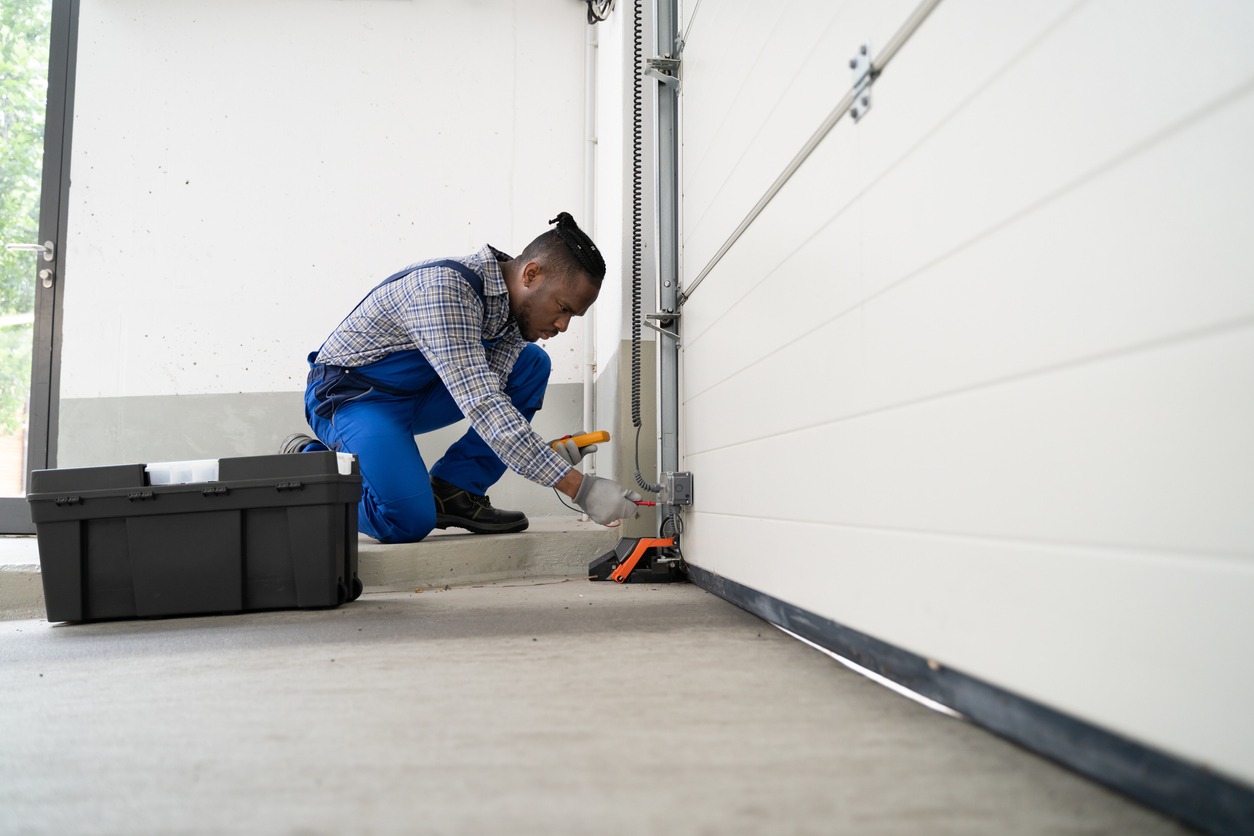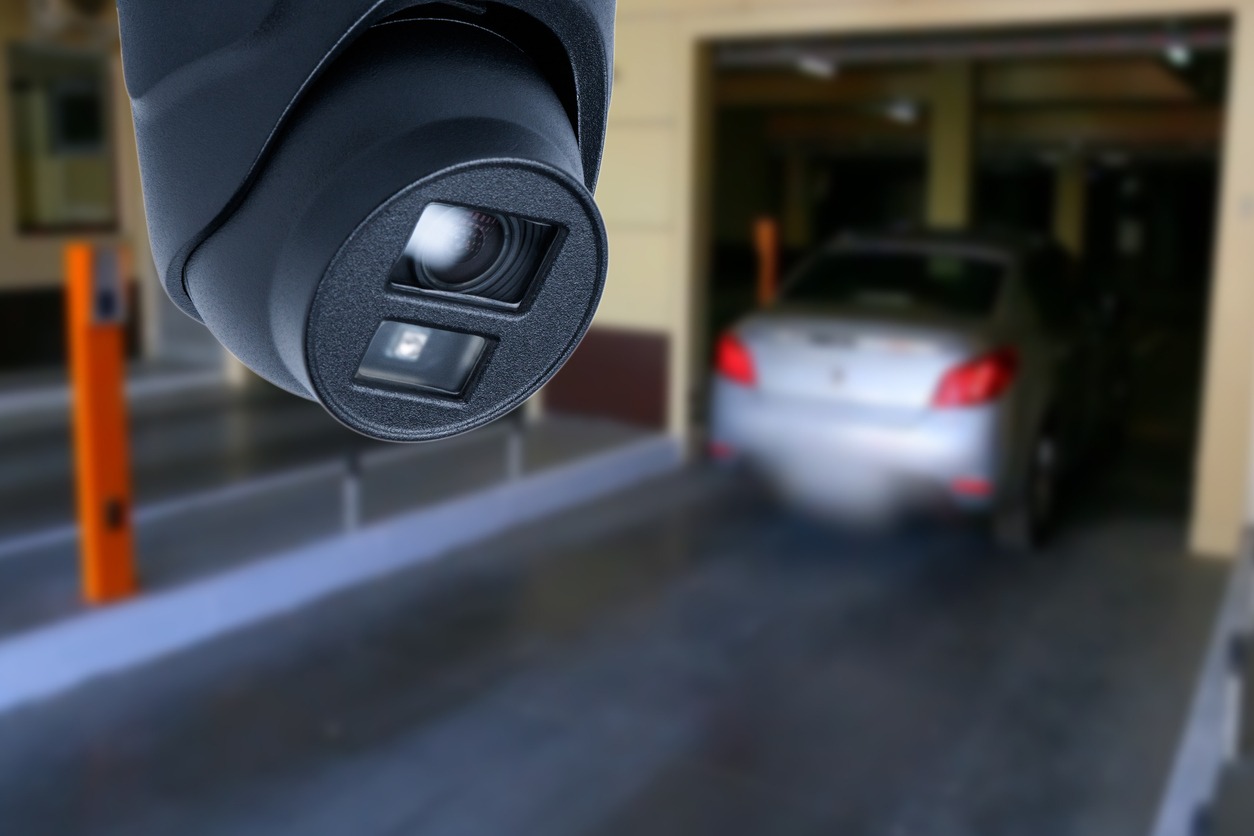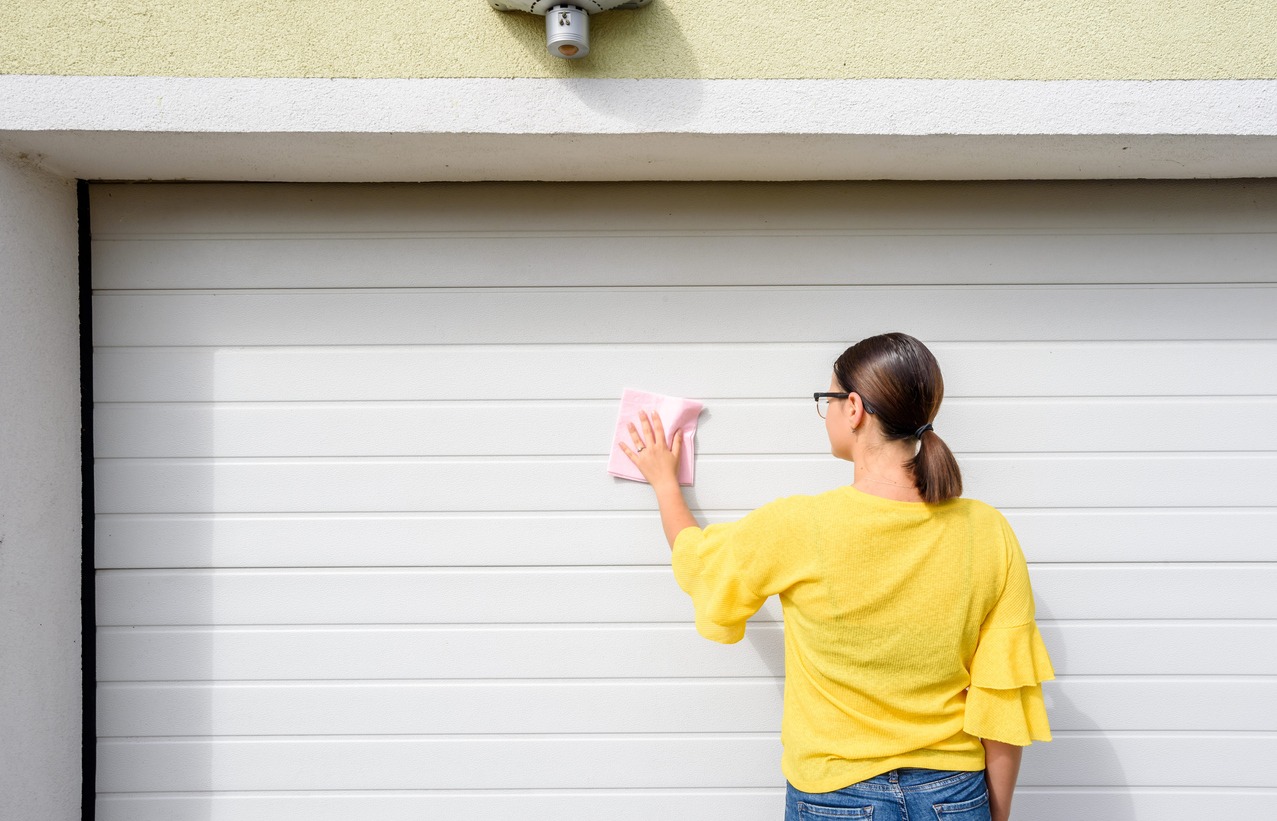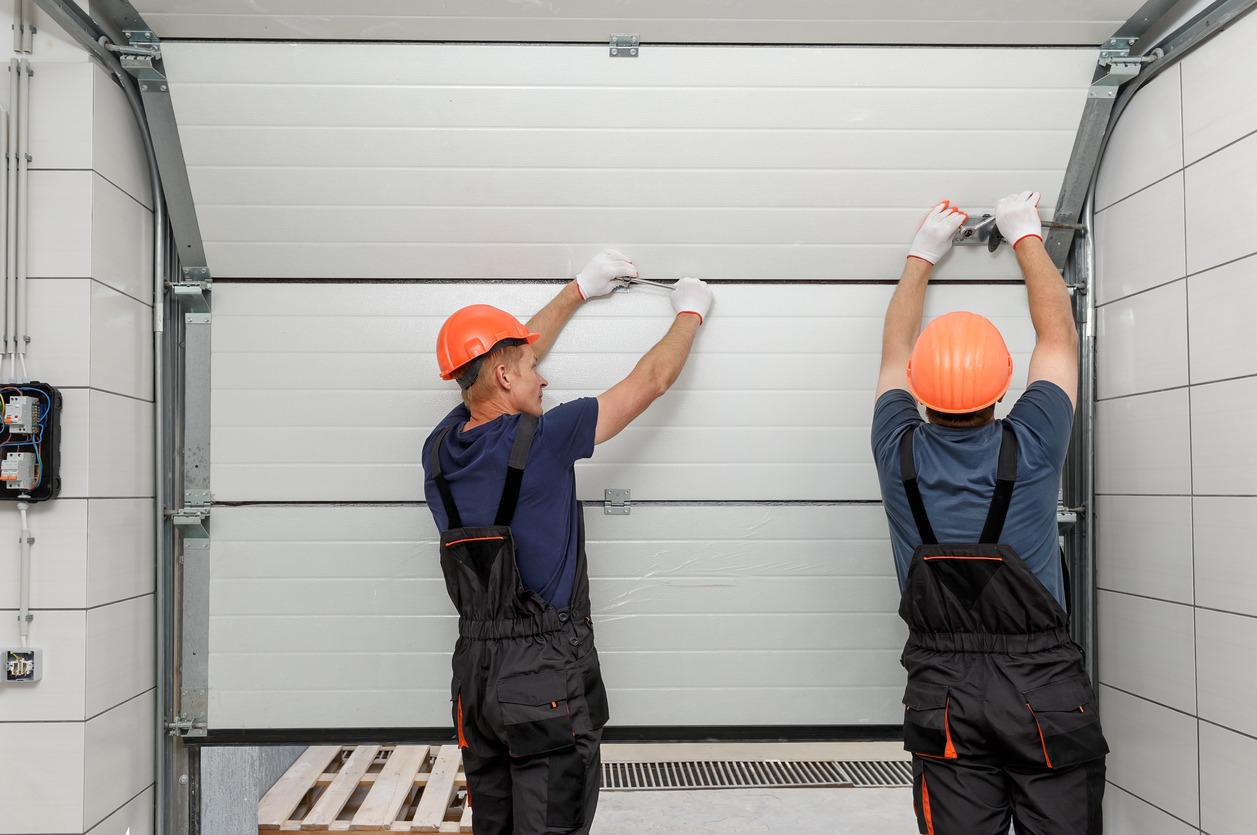Garage doors are essential components of our homes, providing convenience and security. However, like any mechanical system, they require regular maintenance and occasional repairs to ensure they function properly. While some garage door issues can be resolved through do-it-yourself (DIY) methods, it’s crucial to recognize the limitations and when professional intervention is necessary. In this comprehensive guide, we will explore various DIY garage door repairs, the importance of safety, and the preventative measures you can take to minimize accidents and property damage.
Common DIY Garage Door Repairs
Before delving into the world of garage door safety, it’s beneficial to understand the common garage door issues that homeowners can address on their own. These issues often include:
1. Garage Door Doesn’t Close All the Way: One possible reason for your garage door not shutting all the way is a misalignment or obstruction in the photo eye, which is a safety mechanism that keeps the door from closing on people, animals, or objects. Take these actions to fix the problem:
-
- Adjust the pivot bracket to ensure the photo eyes are parallel.
- Remove any obstructions blocking the sensor’s infrared beam.
- Clear away cobwebs, dirt, moisture, or debris from the photo eye units.
Ensuring that the photo eyes function properly and are unobstructed is a quick and simple fix, averting the need for a service call.
2. Noisy Garage Door: The source of a noisy garage door can often be traced back to worn rollers, loose hardware, or metal parts in need of lubrication. To mitigate the noise, you can:
-
- Spray the springs, roller bearings (for rollers with metal wheels), hinges, and lift cables with a garage door lubricant every two to three months.
- Tighten any loose fasteners on the garage door and railing.
- Inspect for worn rollers and hinges and replace them if necessary.
Regular maintenance with the appropriate lubricants can significantly reduce noise, especially when using products designed for this purpose, such as Clopay Pro Lube.
3. DIY Garage Door Cleaning: Cleaning the exterior surface of your garage door not only enhances your home’s curb appeal but also prolongs the door’s lifespan. To maintain your garage door’s appearance and function, you can:
-
- Use mild dish soap and a wet cloth, sponge, or soft bristle brush to wash the door.
- Use clean water to give the door a thorough rinse.
- Apply a spray-on car wax to protect a steel garage door from corrosive elements and maintain its finish.
- Use a non-abrasive cleaner, such as dish soap or vinegar and water, to clean regular glass garage door windows.
- Clear any debris buildup from the track and lubricate all metal parts.
Following these maintenance steps not only enhances your garage door’s longevity but also contributes to the overall aesthetics of your home.
4. Leave Broken Garage Door Spring Repair to the Pros: A broken garage door spring is one repair task that should never be attempted as a DIY project due to its inherent dangers. Signs of a broken garage door spring may include loud noises, an inability to open the door, or a bent top section. When confronted with a broken spring, it is advisable to seek professional assistance. Most reputable garage door companies offer emergency services to address this issue promptly.
Understanding the limitations of DIY repairs is crucial, as attempting the wrong repair can lead to property damage, injuries, or even fatalities.
DIY Garage Door Maintenance and Repairs
While some garage door issues can be tackled by homeowners, there are certain tasks best left to professional garage door technicians. To help you navigate these decisions, we’ll explore a range of repairs and maintenance tasks you can handle yourself and those that necessitate professional expertise.
Repairs and Maintenance You Can Do Yourself:
- Tighten Door Hardware: An easily manageable DIY garage door repair is tightening hardware such as hinges, bolts, and nuts. The natural expansion and contraction of these components due to temperature variations can cause them to become loose over time. Regular inspections and maintenance help prevent these issues.
- Replace Weather Stripping: Replacing weather stripping is another task that homeowners can address. This helps maintain a comfortable temperature within your garage and prevents freezing of the door’s parts.
- Lubricate Tracks: Lubricating the moving parts of your garage door every six months is essential for extending its lifespan. Before applying lubricant, ensure the hardware is tightened, inspect the rollers, check the hinges, and secure the opener chain. Use appropriate lubricants like silicone spray or white lithium grease to prevent damage.
- Maintain Safety Sensors: If your garage door fails to close properly, there may be an issue with the door’s safety sensors. These sensors emit infrared beams parallel to the garage door’s bottom to prevent accidents. The following are ways to fix this:
- Adjusting the sensors’ pivot brackets to ensure the photo eyes are parallel to the door and the ground.
- Removing any obstructions near the sensors, such as tools or equipment.
- Clearing cobwebs, dirt, debris, or moisture that may have accumulated on the photo eyes.
These DIY steps can help ensure the proper functioning of your garage door’s safety features.
Repairs Best Left to Professionals:
- Replace Torsion or Extension Springs: Garage door springs are responsible for the door’s safe operation. Due to the high tension they are wound under, attempting to replace or repair them can lead to property damage or severe injury. Regular inspections and professional intervention are essential to maintain spring functionality.
- Repair Electric Openers: Electric garage door openers are complex mechanisms. Attempting to repair malfunctioning openers as a DIY project can result in unpredictable and dangerous outcomes. It is advisable to leave opener maintenance or replacement to experienced professionals.
- Replacing Cables, Rollers, or Drums: The cables, rollers, and drums in a garage door system are under significant tension and are prone to wear and tear. Replacing these components is a complex and potentially hazardous task that should be entrusted to professionals who can diagnose and repair these issues effectively.
- Secure a Detached Door: When a garage door becomes detached from its tracks, it is often the result of factors such as bad weather or undue stress. Attempting to lift the door back onto the tracks as a DIY project can be physically demanding and hazardous. To prevent recurring detachment, it is best to engage a garage door repair professional who can identify and address the root cause.
By recognizing the importance of professional intervention in these cases, homeowners can prioritize safety and avoid costly mistakes that may result from DIY repairs.
How to Prevent Garage Door-Related Accidents
While garage doors are valuable and convenient components of our homes, they can also pose safety risks if not properly maintained or repaired. Here are some preventive measures to minimize accidents and property damage:
- Test Safety Sensors: Regularly test your garage door’s safety sensors with an inanimate object to ensure they are functioning correctly. These sensors are crucial for preventing accidents by halting the door’s operation if an obstruction is detected.
- Monitor Door Balance: To prevent accidents caused by an imbalanced door, disconnect the opener and manually lift the garage door halfway. This quick check ensures the door’s balance is maintained, reducing the risk of mishaps.
- Childproofing: To protect children from potential dangers, use keypads and keep opener remotes out of their reach. Childproofing measures help prevent accidental garage door activation.
- Bolt Tightening: Regularly inspect and tighten the bolts securing the garage door to the building structure. This simple step enhances the door’s stability and reduces the risk of accidents.
Conclusion:
By following these precautions and recognizing the limitations of DIY garage door repairs, homeowners can ensure the safety and longevity of their garage doors while saving time and money on appropriate maintenance tasks. It’s crucial to prioritize safety above all else when it comes to garage doors.




